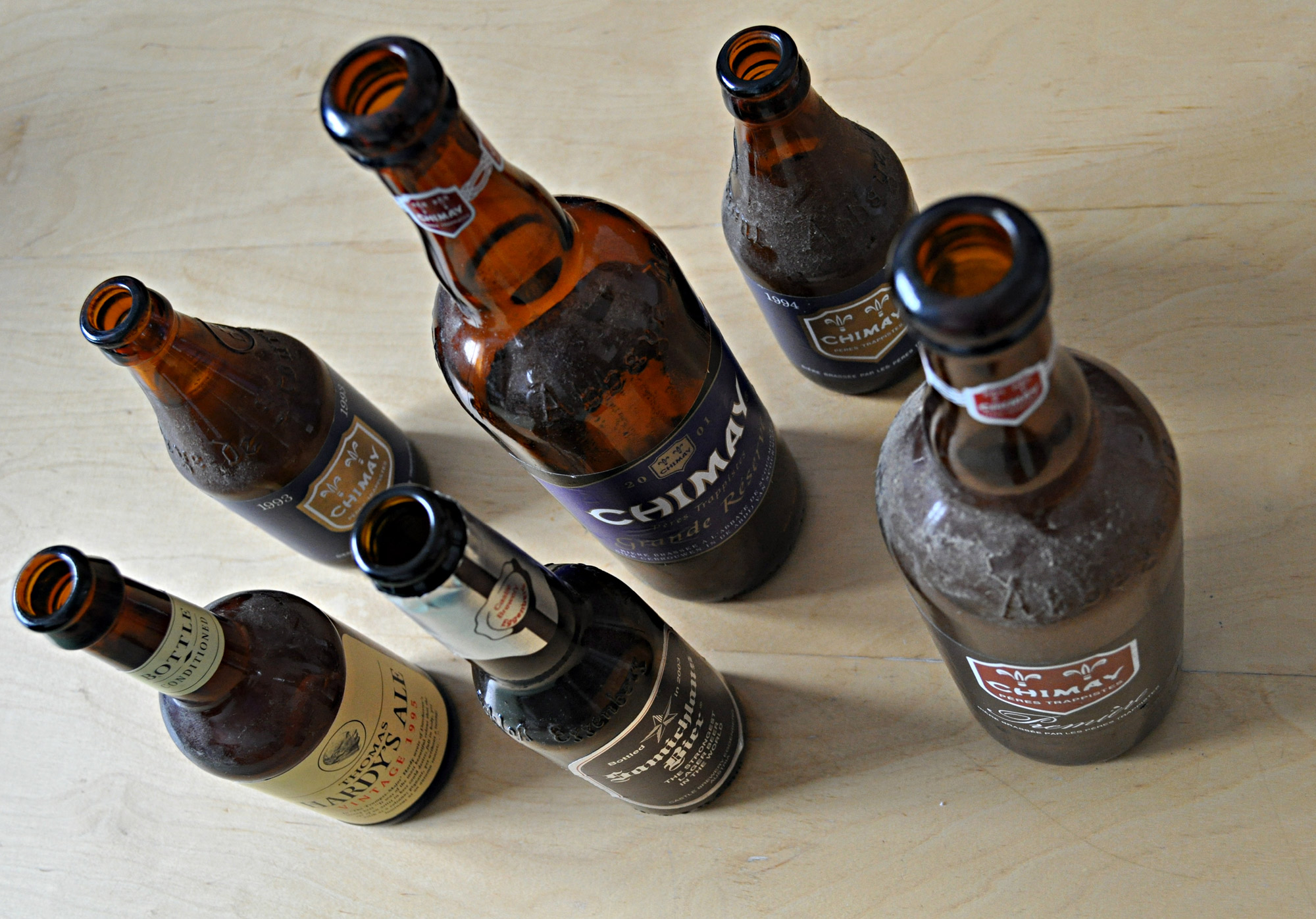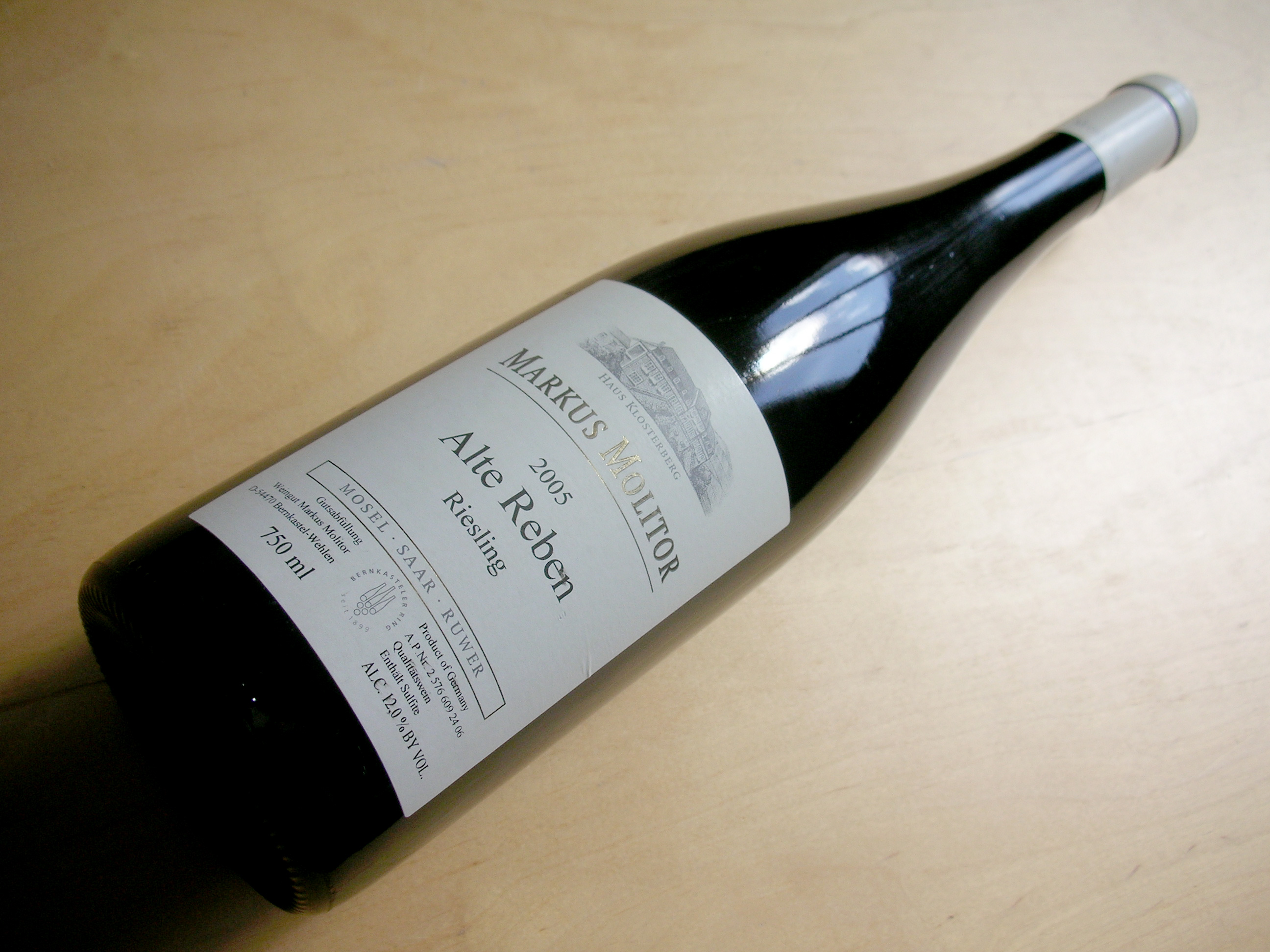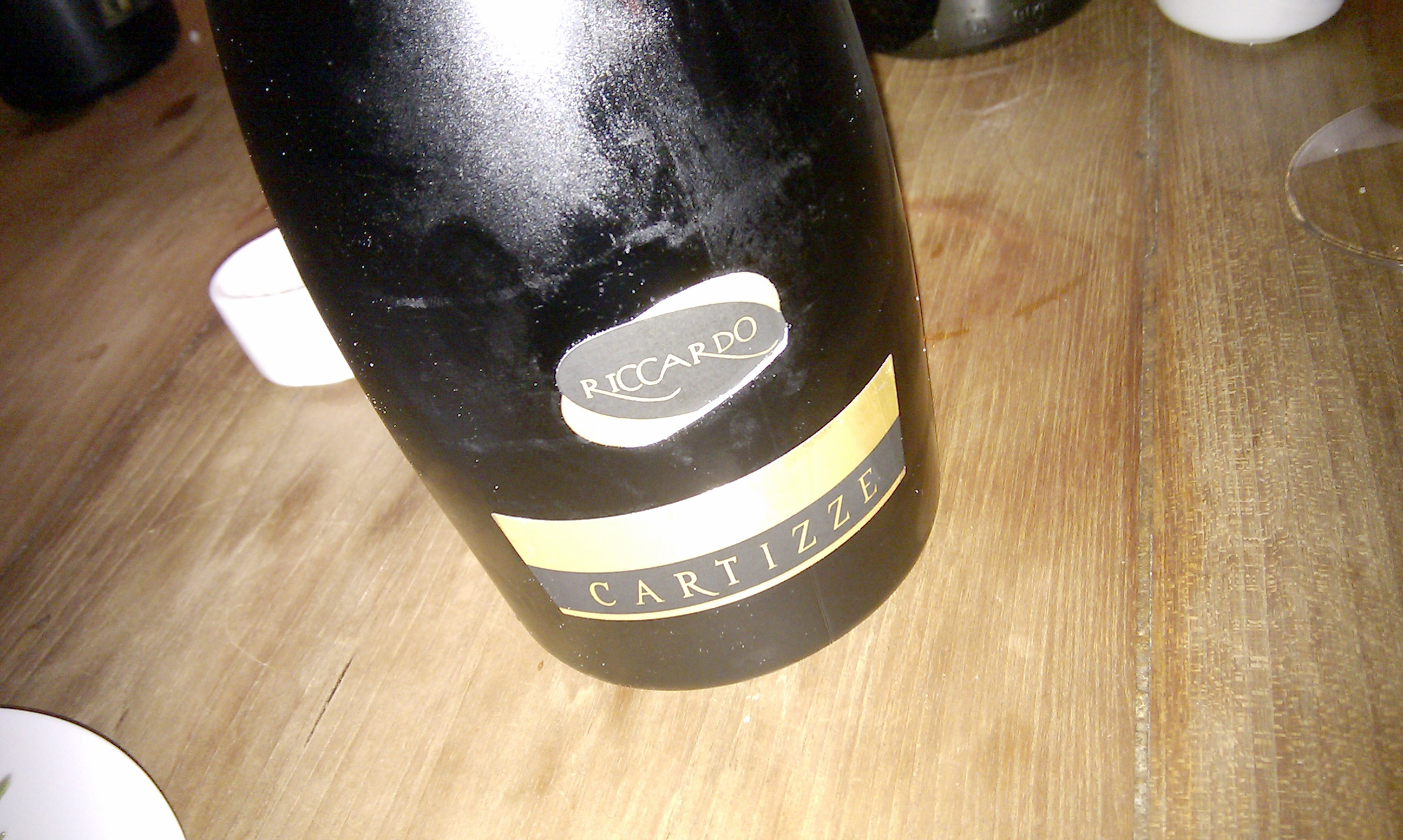Matching food and wine: a tarragon custard on raspberry purée dessert with sweet Riesling
With the raspberry season coming to an end, it is high time to write up what is one of my favourite desserts and also one of my favourite wine and food pairings: tarragon custard on raspberry purée with a lovely, sweet Riesling from the Mosel. This recipe brings together sweet, sour, acidity, bitterness, fruit and a herbal creaminess - components that are present in both wine and pudding.

You will need for this (for four): raspberries (200g), sugar (50g), fresh tarragon, 4 eggs, double cream (150ml), milk (150ml) and cocoa powder. And a sweet Riesling, of course.









 So here's to exploring new things, for the bold ones who actually venture there, and for the armchair wine snobs who prefer the safer route to try them with pasta and tomato sauce first.
So here's to exploring new things, for the bold ones who actually venture there, and for the armchair wine snobs who prefer the safer route to try them with pasta and tomato sauce first.